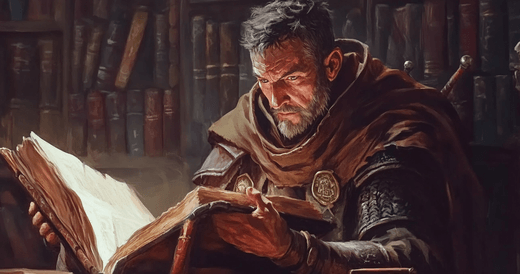
Crafting Epic Quests: 7 Storytelling Techniques for Dungeon Masters

Updated on: 2025-12-18
Being a Dungeon Master (DM) is more than keeping track of rules and rolling behind a screen. At its core, Dungeon Mastering is about storytelling. The best DMs weave adventures that feel alive, creating quests that players remember long after the dice have been packed away.
Crafting epic quests takes a balance of preparation, creativity, and adaptability. It is about guiding your table through a story that feels both structured and open-ended, while giving your players a sense of agency. With the right techniques, you can transform a standard dungeon crawl into a tale of intrigue, sacrifice, and unforgettable moments.
In this guide, we will cover seven storytelling techniques that every Dungeon Master can use to design memorable adventures. Whether you are running your first game or have years of experience, these tips will help you shape campaigns that draw players in and keep them engaged.
1. CREATE A COMPELLING HOOK
A great adventure begins with a strong hook that grabs your players' attention. This could be an intriguing mystery, a dire threat, or a call to action that resonates with the characters' backgrounds. The hook should be engaging enough to encourage players to invest in the story from the very start.
Tips for Crafting a Hook:
- Connect the hook to the players' characters: Tie the adventure to their backstories or motivations. For example, if a player’s character is from a small village, a mysterious threat to that village can serve as a compelling hook.
- Introduce a sense of urgency: Incorporate time-sensitive elements, such as a ticking clock or a looming disaster, to create tension and prompt immediate action.
- Use intriguing questions: Present a mystery that begs to be solved. For instance, “Who is behind the recent disappearances in the town?” will encourage players to seek answers.
2. DEVELOP RICHLY LAYERED NPCS
Non-player characters (NPCs) play a crucial role in your story. They can be allies, foes, or even quest-givers, but what makes them truly memorable is their depth. By creating NPCs with unique personalities, motivations, and backstories, you can bring your world to life and make your players feel more invested in the narrative.
Techniques for Developing NPCs:
- Give them clear goals: NPCs should have their own desires and motivations that may align or conflict with the players’ objectives.
- Use quirks and traits: Unique personality traits, mannerisms, or speech patterns can make NPCs memorable. For example, a nervous merchant might fidget constantly, while a charismatic noble might speak in grandiose terms.
- Create a backstory: Give your NPCs a history that explains their current behavior and motivations. This adds depth and can provide hooks for future encounters.
3. DESIGN ENGAGING ENVIRONMENTS
The settings in which your adventures take place can greatly enhance the storytelling experience. Crafting engaging environments with distinct features can spark players’ imaginations and encourage them to interact with the world around them.
Tips for Designing Environments:
- Incorporate sensory details: Describe sights, sounds, smells, and textures to create a vivid mental picture for players. For example, a dank dungeon may have the scent of mildew and the echo of dripping water.
- Make the environment interactive: Include elements that players can manipulate, such as hidden passages, magical artifacts, or environmental hazards that can impact gameplay.
- Use maps and visual aids: Consider using maps, sketches, or props to enhance immersion and give players a tangible reference for the setting.
4. ENCOURAGE PLAYER AGENCY
One of the most rewarding aspects of tabletop roleplaying is the ability for players to make meaningful choices that impact the story. Encouraging player agency allows them to feel like active participants rather than passive observers.
How to Encourage Player Agency:
- Provide meaningful options: Present players with choices that can alter the course of the adventure. For instance, allow them to decide between negotiating with a villain or launching a surprise attack.
- Be flexible with the plot: While it's essential to have a general direction for your story, be willing to adapt based on players' decisions. Embrace their creativity and let their choices shape the narrative.
- Incorporate character backstories: Use elements from players’ backstories as plot hooks or decision points in the adventure. This not only personalizes the story but also empowers players to engage with it more deeply.
5. CREATE TENSION AND CONFLICT
Conflict is at the heart of storytelling, and introducing tension can keep players engaged and invested in the outcome of the story. Tension can arise from various sources, such as interpersonal conflicts, moral dilemmas, or external threats.
Ways to Create Tension:
- Introduce time constraints: Give players limited time to complete objectives, heightening the stakes. A looming deadline can create urgency and drive action.
- Utilize moral dilemmas: Present players with choices that have ethical implications, forcing them to weigh their values against the needs of others.
- Develop rivalries: Introduce antagonistic NPCs or factions that oppose the players, creating a sense of competition and urgency.
6. WEAVE THEMES THROUGHOUT THE STORY
Themes provide a deeper layer to your narrative and can enhance players’ emotional connections to the story. Consider the overarching themes you want to explore and integrate them into your quests.
Techniques for Incorporating Themes:
- Choose a central theme: Whether it's redemption, sacrifice, or the struggle between good and evil, a central theme can unify your story.
- Reflect themes in character arcs: Encourage players to develop their characters in ways that align with the theme. For example, if the theme is redemption, a character's journey from villainy to heroism can create powerful storytelling moments.
- Use symbolism and motifs: Incorporate recurring symbols or motifs that reinforce the theme. For example, a broken sword might symbolize lost honor and the quest for redemption.
7. UTILIZE PACING TO BUILD MOMENTUM
Pacing is crucial in storytelling, as it dictates the rhythm of your adventure. Proper pacing can build suspense, create excitement, and allow for moments of reflection.
Tips for Effective Pacing:
- Balance action and downtime: Alternate between high-stakes encounters and quieter moments where players can roleplay, strategize, or explore. This creates a dynamic experience that keeps players engaged.
- Adjust pacing based on player engagement: Pay attention to your players’ reactions and adapt the pacing as needed. If they are excited about a particular plot thread, extend that section to allow for deeper exploration.
- Use cliffhangers: End sessions or scenes with cliffhangers to create anticipation for the next game. A sudden revelation or impending danger can keep players eager for more.
Pacing is the unseen rhythm of your campaign, and it makes the difference between a good session and a great one.
ENHANCING STORYTELLING WITH THE RIGHT TOOLS
While storytelling is at the heart of Dungeon Mastering, the tools you bring to the table shape how immersive your campaign feels. Quality maps, detailed minis, and thematic props are all useful, but nothing is as universal as a set of dice.
Rolling with Runic Dice gemstone dice or handcrafted resin dice sets adds weight and personality to every decision. When a player rolls for persuasion in front of a suspicious noble or launches a fireball into the dark halls of a cursed castle, the dice themselves become part of the story.
Choosing DND dice that fit your character or campaign theme adds another layer of immersion. A Light Cleric might favor shimmering white opalite dice, while a Warlock might use deep obsidian gemstone dice. A DM can even set the tone by using dramatic dice for villain rolls, making the table lean forward with anticipation.
At Runic Dice, our collections of gemstone, metal, and resin DND dice sets are designed to look as incredible as they feel in your hand. These are dice made to tell stories, yours.
CONCLUSION
Crafting epic quests is about more than monsters and loot. It is about weaving hooks that pull players in, creating NPCs that feel alive, designing environments that beg to be explored, and building tension that keeps everyone engaged. By weaving themes, pacing sessions carefully, and giving players true agency, you create not just a game but a story worth remembering.
As you prepare your next campaign, remember that the story is only half of the equation. The other half lies in the rolls, the suspense of chance, and the dice themselves. With the right set of Runic Dice, your quests become more immersive, more dramatic, and more memorable.
So, gather your players, prepare your notes, and let the dice fall where they may. Your story is waiting to be told.




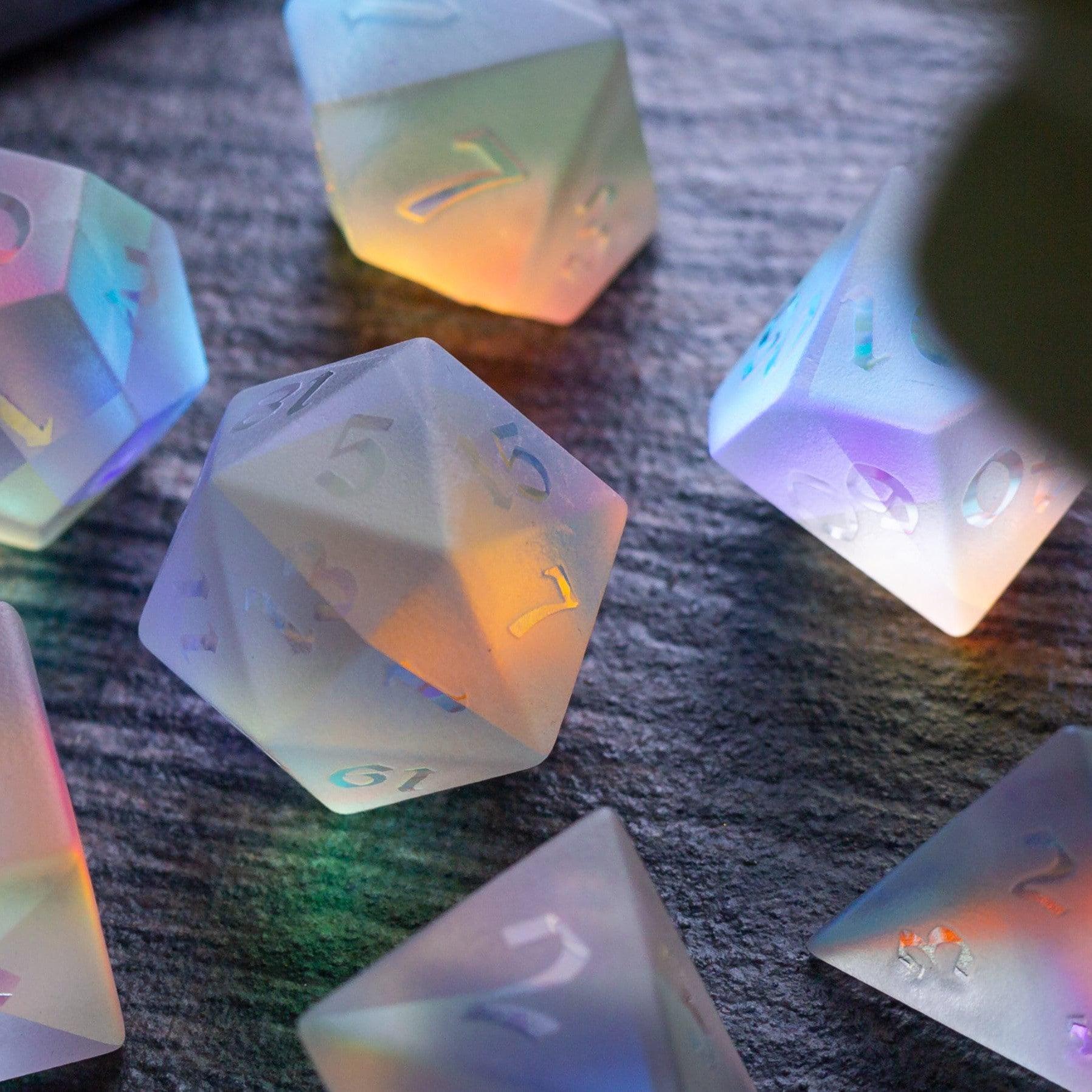
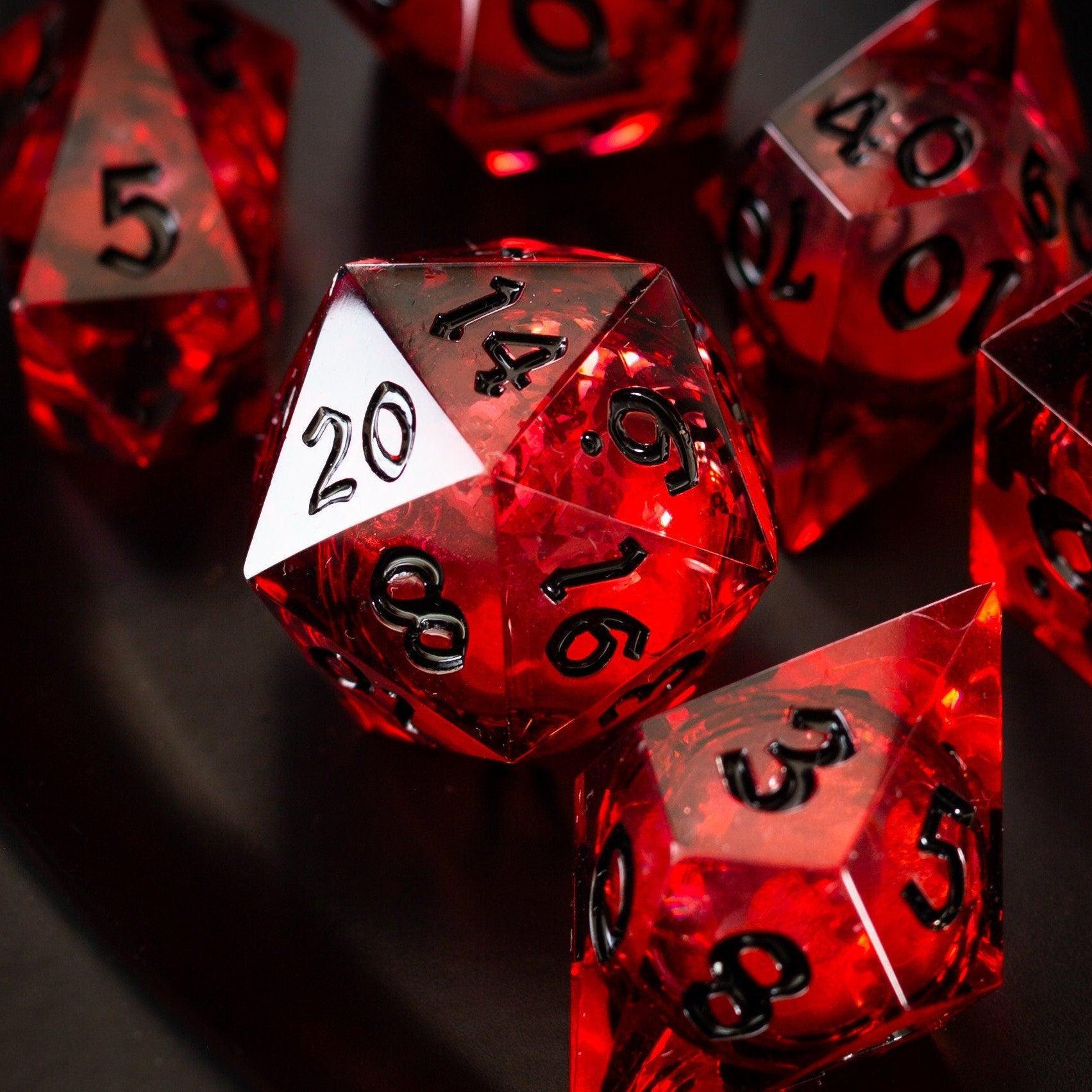
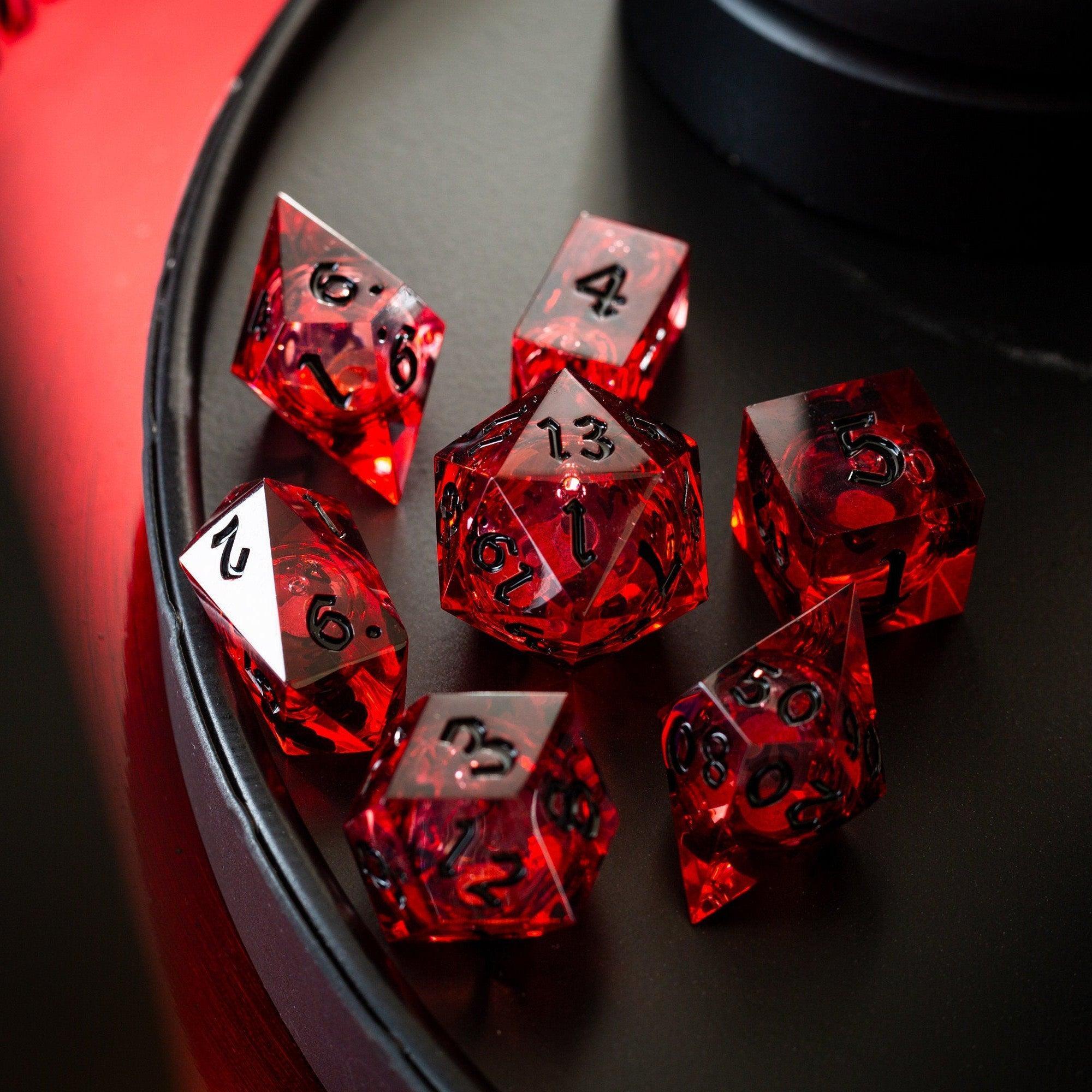
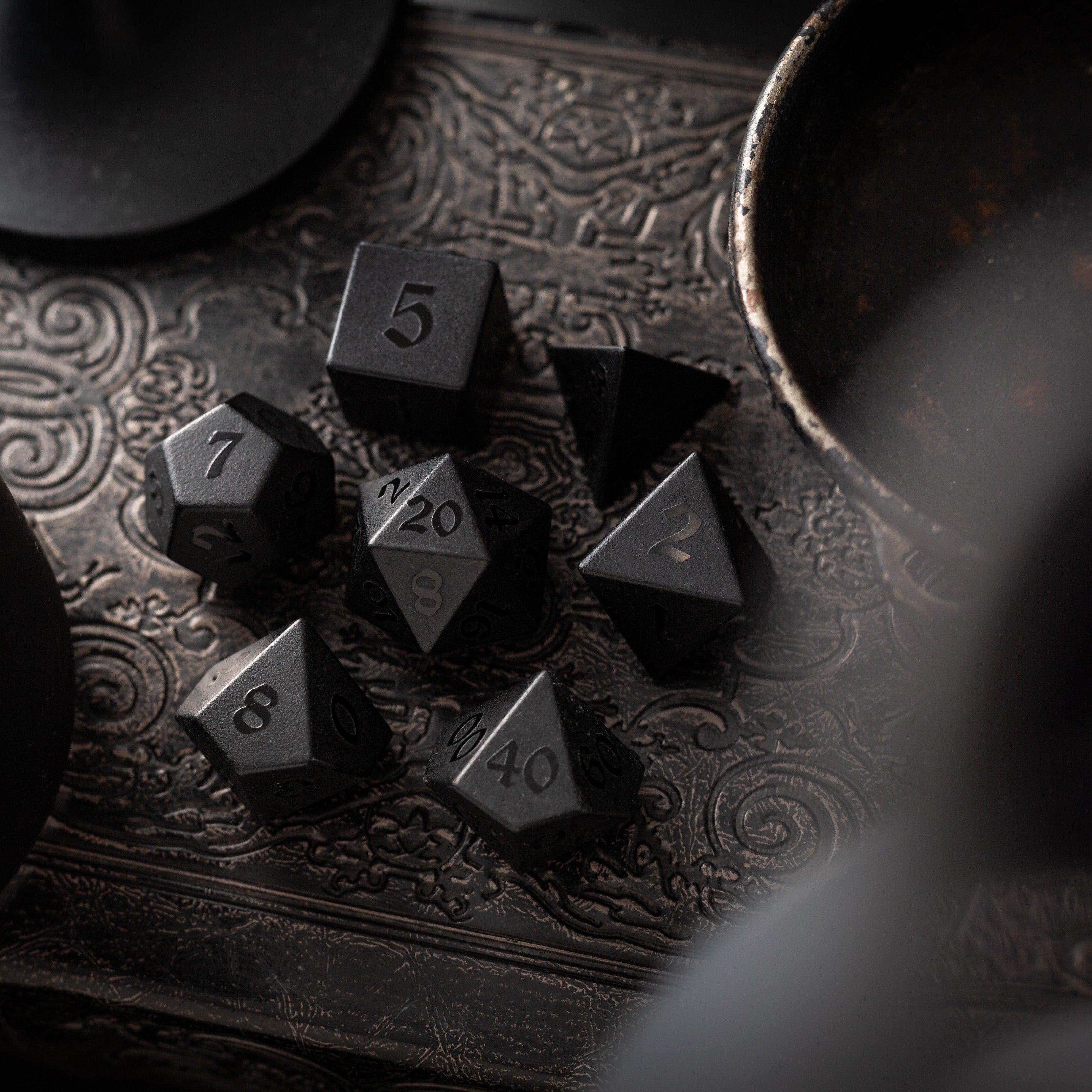
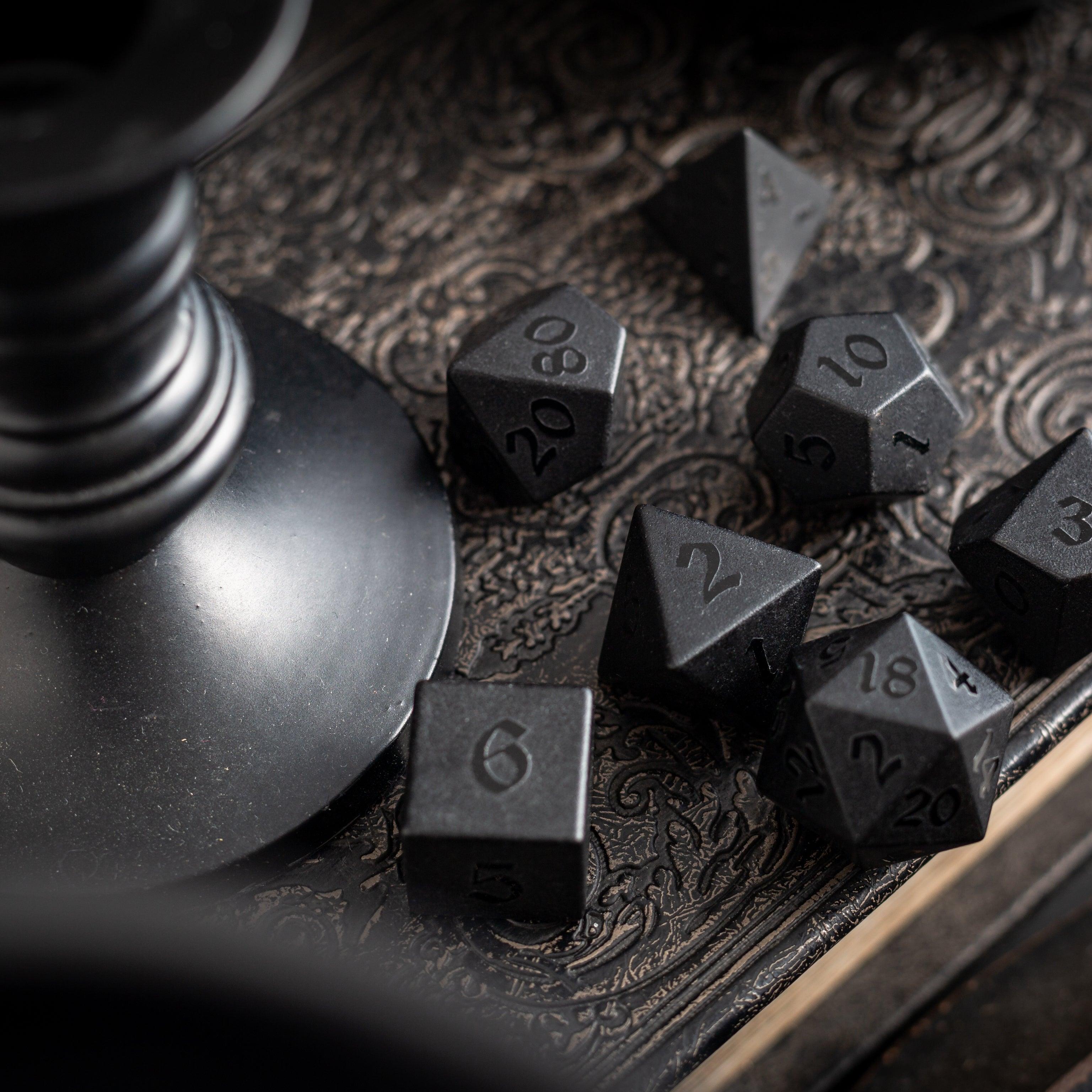


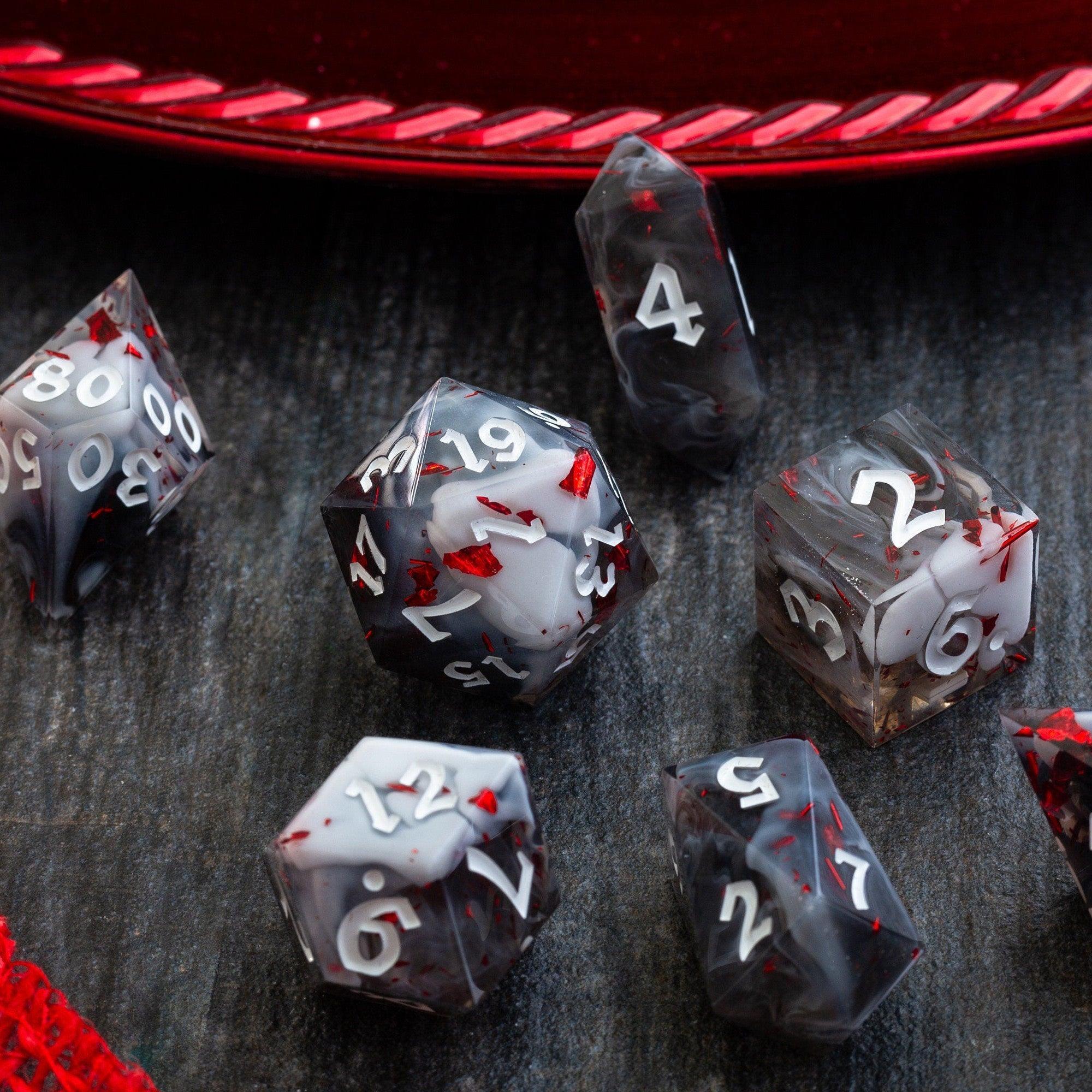
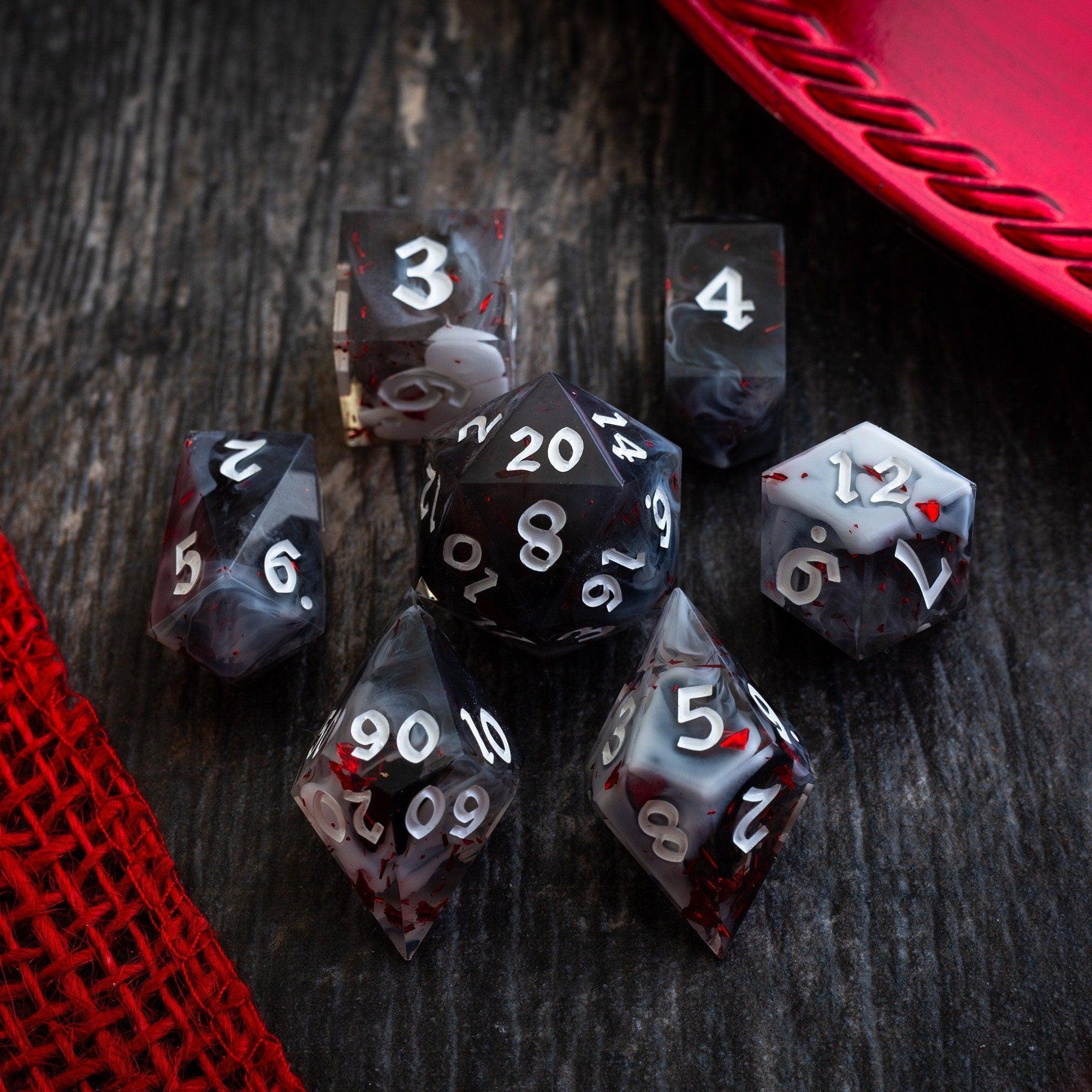

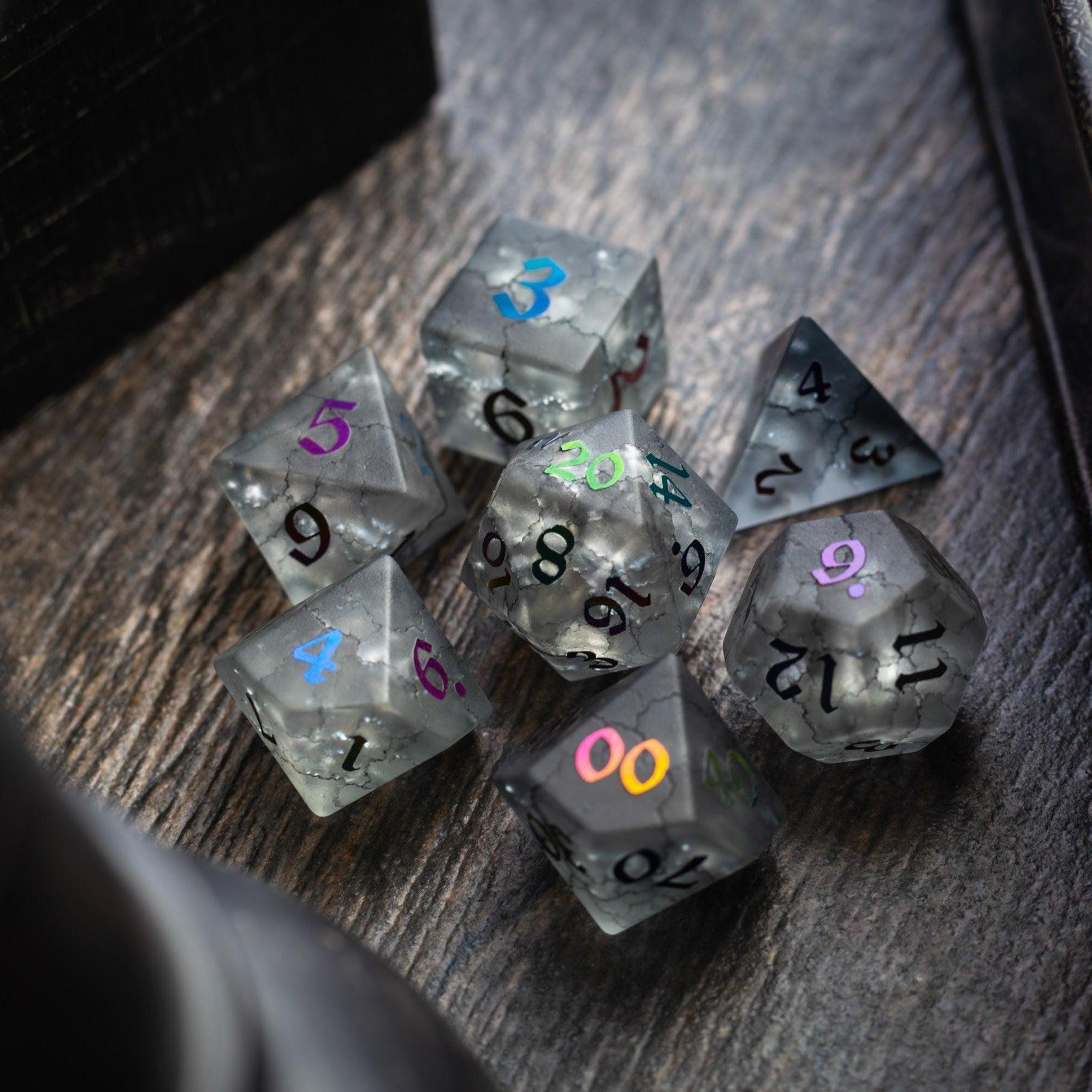
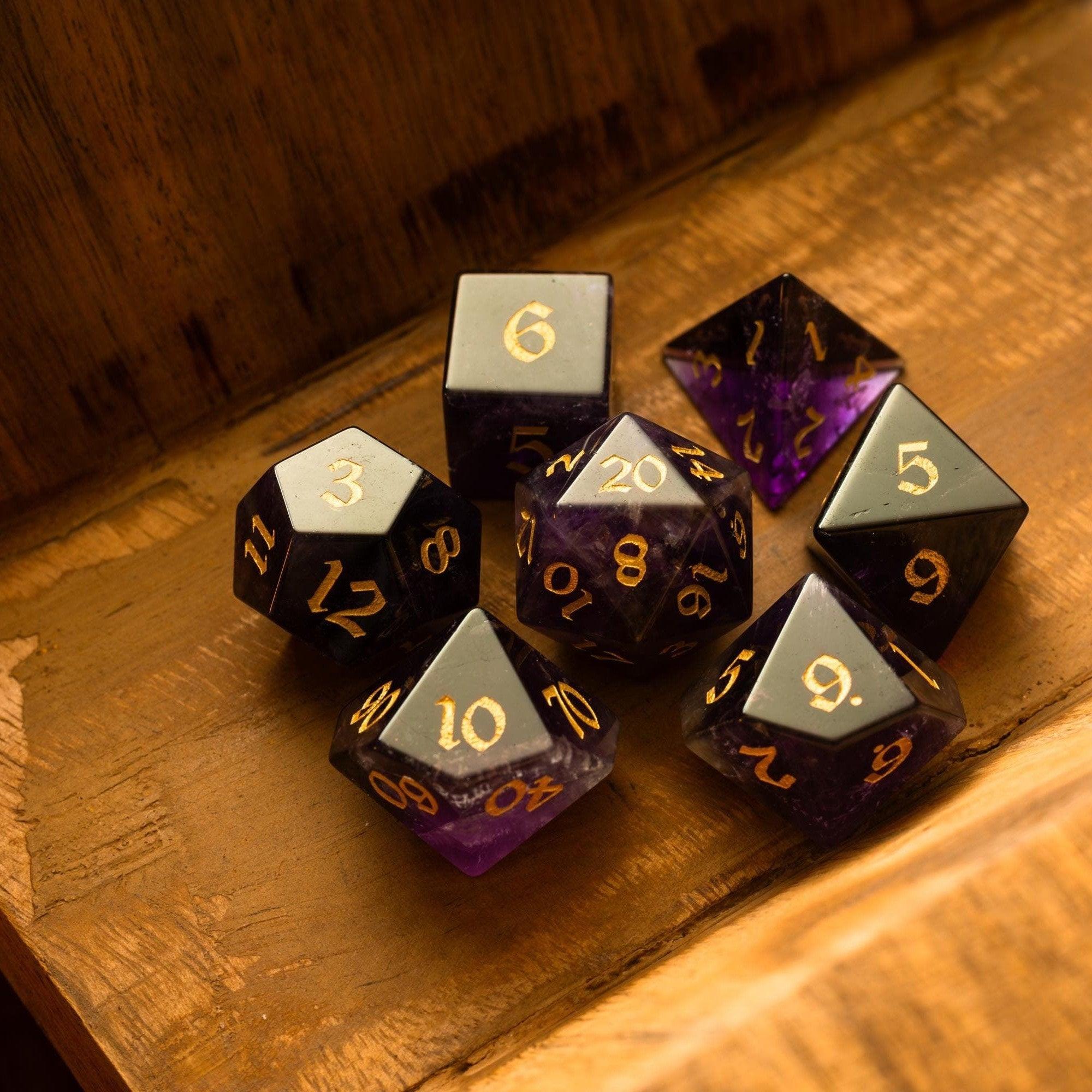

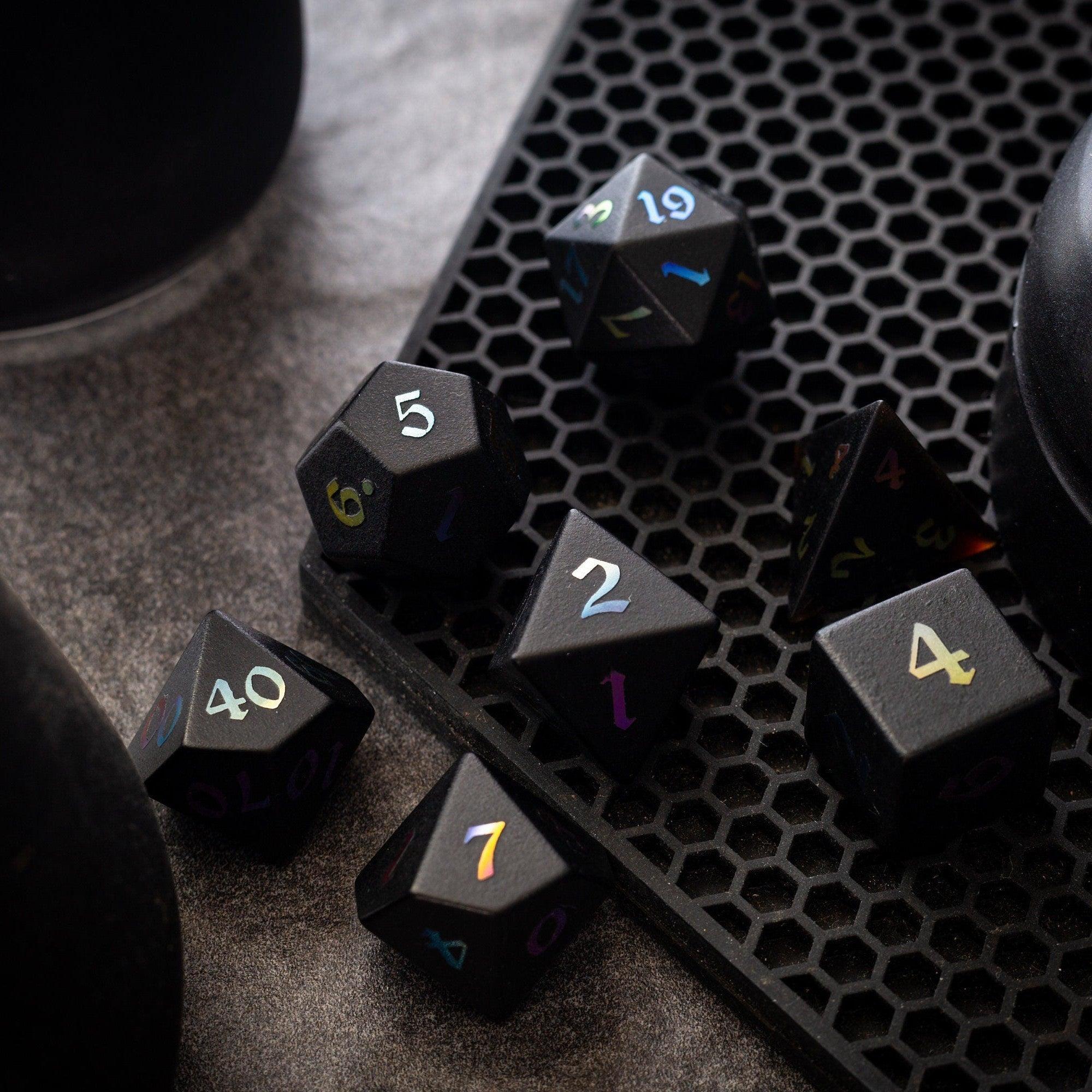
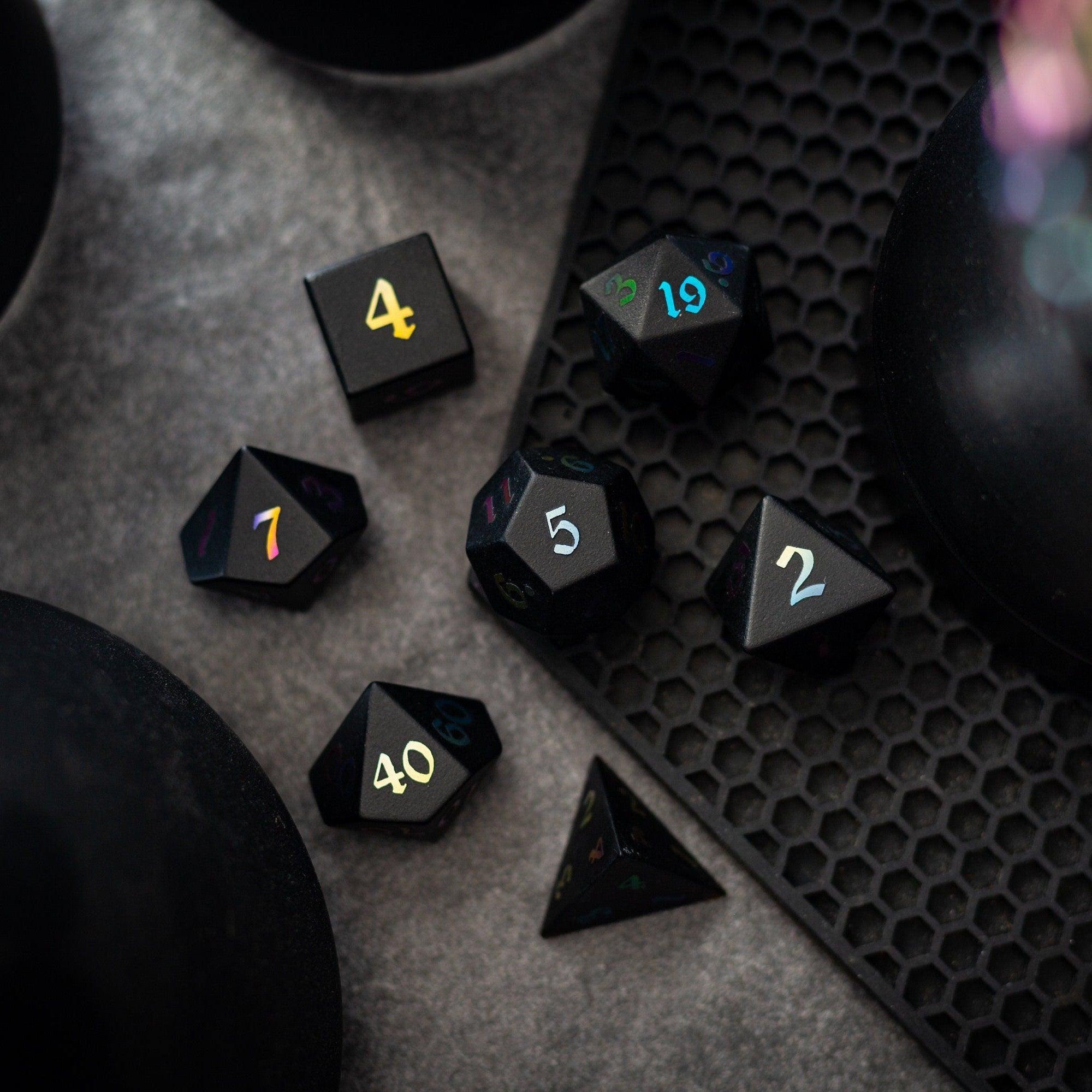
Leave a comment
This site is protected by hCaptcha and the hCaptcha Privacy Policy and Terms of Service apply.